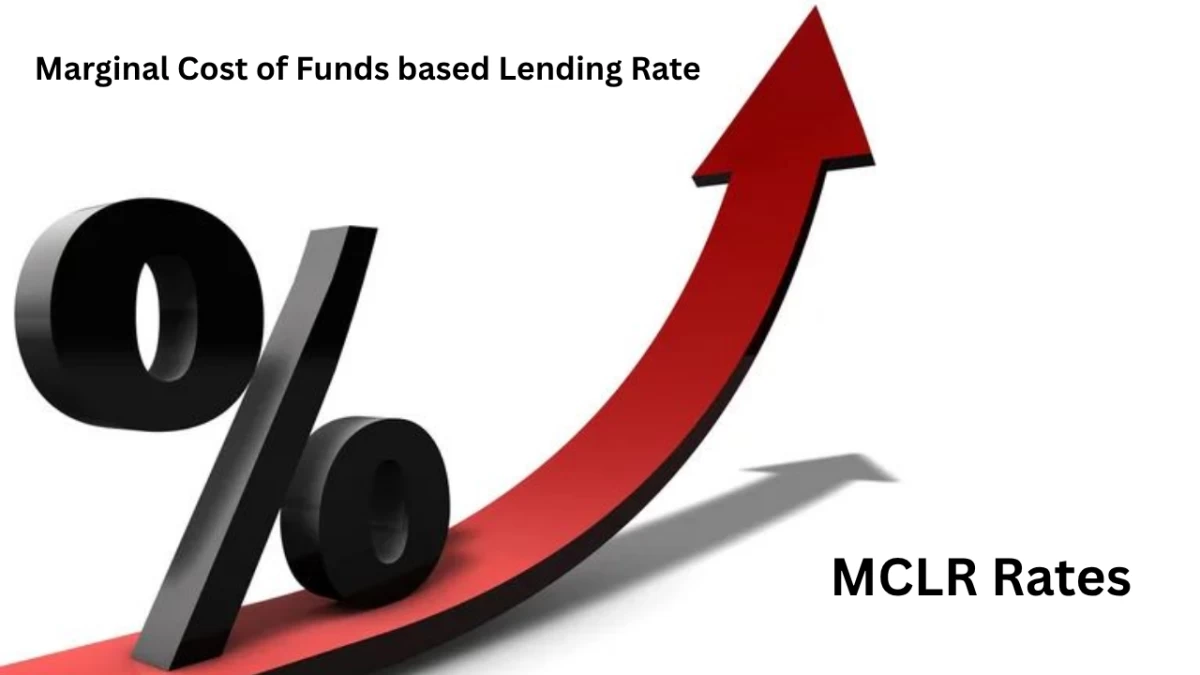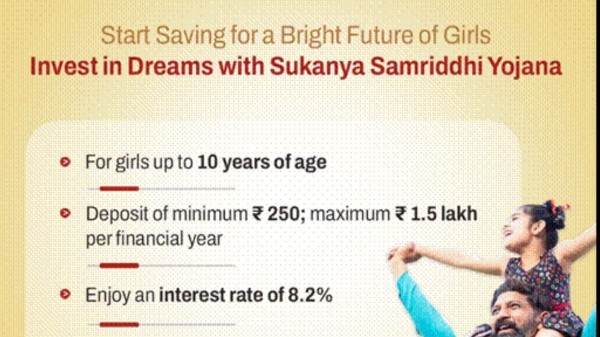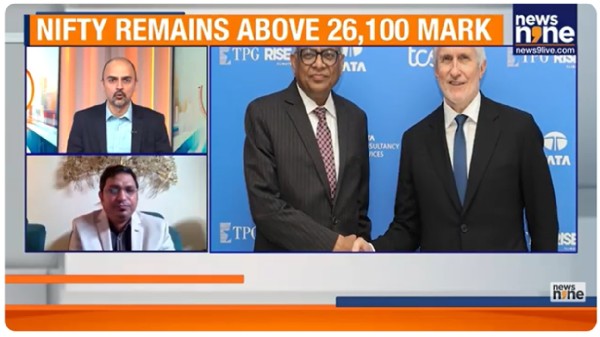

By signing in or creating an account, you agree with Associated Broadcasting Company's Terms & Conditions and Privacy Policy.


By signing in or creating an account, you agree with Associated Broadcasting Company's Terms & Conditions and Privacy Policy.

Marginal Cost of Funds Based Lending Rate (MCLR) is the base lending rate below which banks are not allowed to lend. It replaced the previous base rate regime to provide greater transparency in the calculation of lending rates for commercial banks. The Reserve Bank of India (RBI) introduced MCLR on April 1, 2016, to manage interest rates on loans so that borrowers are benefited by monetary policy changes. It is an internal benchmark for banks to set the interest rates that they can offer on loans based on the extra or incremental cost of raising more funds.
With the introduction of MCLR, interest rates are now determined based on the relative risk factor of individual customers. Under the previous base rate system, banks often delayed reflecting reductions in the RBI’s repo rate in their lending rates. However, the MCLR regime mandates banks to adjust their lending rates promptly in response to changes in the repo rate. This step provides more transparency in the process banks adopt to fix interest rates on loans. It also ensures that borrowers get reasonable interest rates and banks remain financially stable.
MCLR is computed on the basis of loan tenor, i.e., the time over which a borrower has to pay back the loan. The benchmark is in-house within the bank, and actual lending rates are computed by including components of spread over the benchmark rate. Each bank announces its MCLR following a thorough review, and it is for varying loan maturities, whether monthly or in accordance with an announced cycle in advance.
Four key components determine the calculation of MCLR:
1. Tenor Premium
The lending cost differs with the loan duration. Loans with longer tenures involve a greater risk, so banks charge a premium, or the Tenor Premium, to counteract this risk. This makes sure that banks are remunerated for the increased risk on long-term loans.
2. Marginal Cost of Funds
The Marginal Cost of Funds is the average rate at which banks obtain deposits of comparable maturities in the time frame leading up to the review date. It is the cost incurred by a bank and is recorded in its books in terms of its outstanding balance. It has two broad components: the Marginal Cost of Borrowings, which contributes 92%, and the Return on Net Worth, which accounts for the remaining 8%. The latter value is consistent with the risk-weighted assets represented by the Tier I capital in banks.
3. Operating Cost
Operating costs involve the expenses incurred by banks while mobilizing funds, apart from separately recovered costs via service charges. This factor directly corresponds to the cost of delivering loan products and operating a bank.
4. Negative Carry on Account of Cash Reserve Ratio (CRR)
Negative carry on the CRR happens when the return on CRR balances is zero. This happens when the real return on funds is less than the cost of acquiring them. This affects the statutory liquidity ratio (SLR) balance that commercial banks are required to hold. Because banks are not able to utilize these funds for income generation or interest, they value them negatively.
MCLR is calculated by banks using a formal methodology, which benefits borrowers immensely. It is a refined model of the base rate system, following a risk-based method in ascertaining end lending rates. As opposed to the base rate, which had only calculated the overall cost of funds, MCLR includes the marginal cost of funds and is thus a more dynamic system.
One of the significant changes with MCLR is that it includes the repo rate in its computation, which was not the case with the base rate approach. Therefore, banks have to factor in all forms of interest rates paid while raising funds. Another significant difference is that the base rate did not take into account the loan tenure while arriving at lending rates, while MCLR includes a tenor premium. This helps ensure that banks set proper interest rates for long-horizon loans, thus enhancing interest rate transmission in the economy.
Banks are free to give loans either in fixed or floating interest rate categories. Banks are, however, required to follow certain time limits for the disclosure of MCLR or their internal benchmarks. The cycle of MCLR disclosures could be overnight, one-month, three-month, and one-year maturities or such other terms as are found suitable by the bank. Irrespective of the tenure of the loan, the lending rate should not be less than the MCLR.
Nevertheless, some loans are not linked to MCLR. These are customer deposit loans, bank employee loans, special loan schemes launched by the Government of India (e.g., Jan Dhan Yojana), and fixed-rate loans with more than three years' tenor.
MCLR has radically changed the method of lending rate fixation in India, making the process fair and transparent for banks and borrowers alike. By linking loan rates to the marginal cost of funds, MCLR provides a more responsive mechanism that aligns with RBI’s monetary policy decisions. It enables borrowers to benefit from lower interest rates whenever the RBI reduces the repo rate while ensuring that banks maintain financial stability. As a result, MCLR has emerged as a crucial tool in the Indian banking sector, improving the efficiency and fairness of credit pricing.












